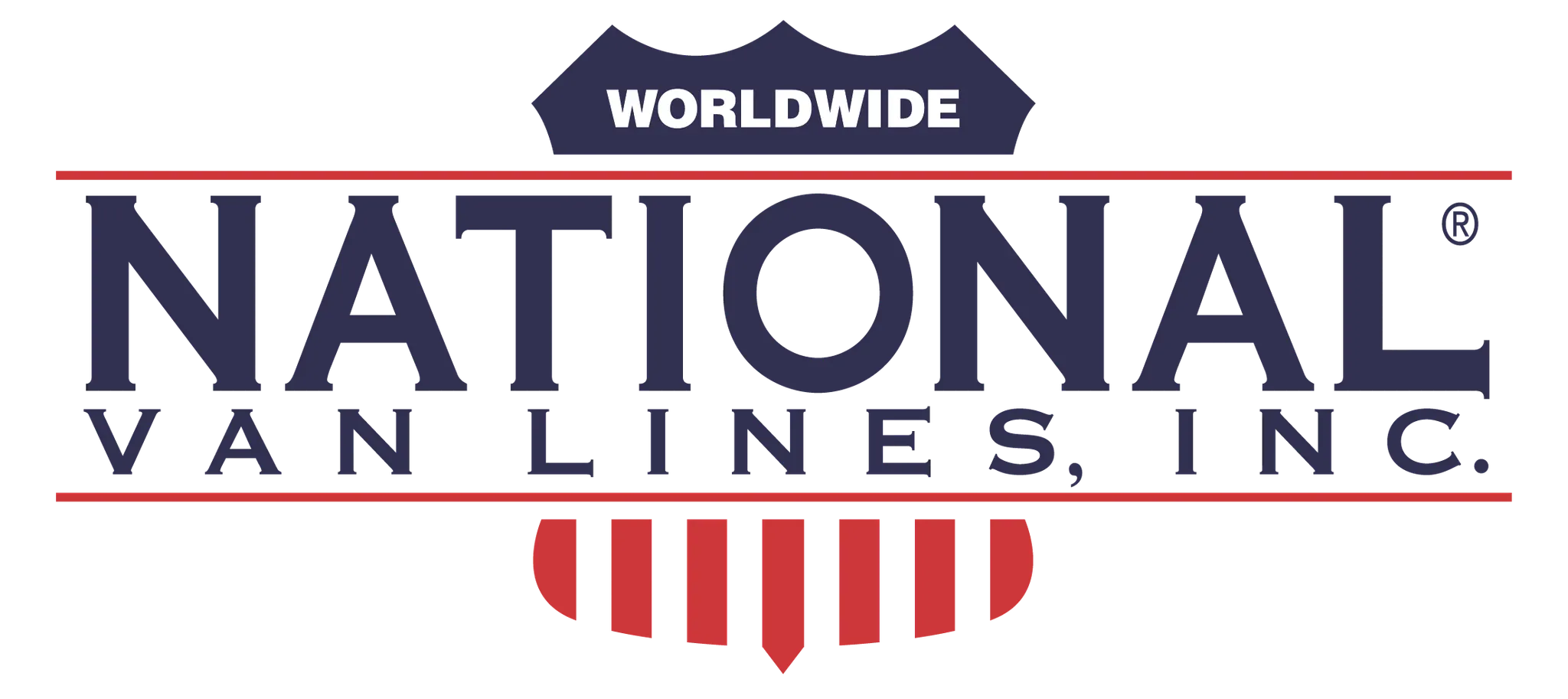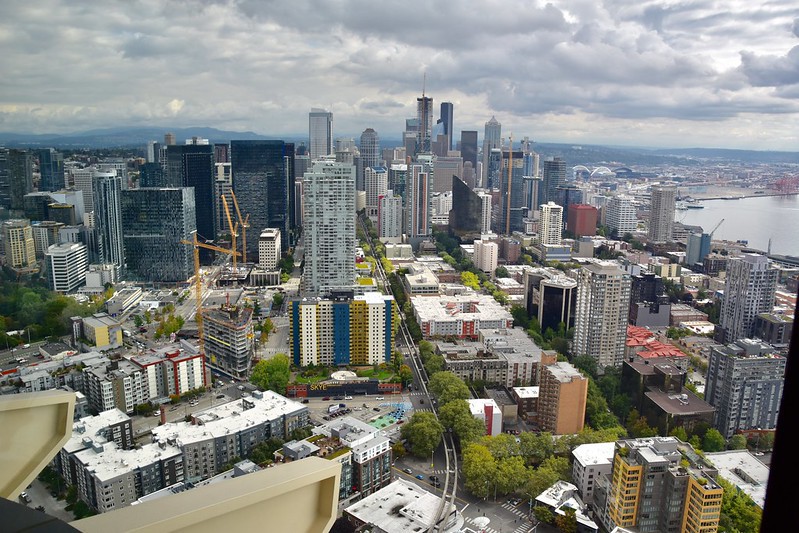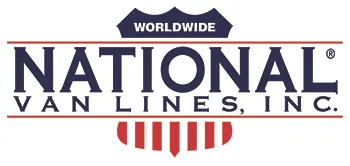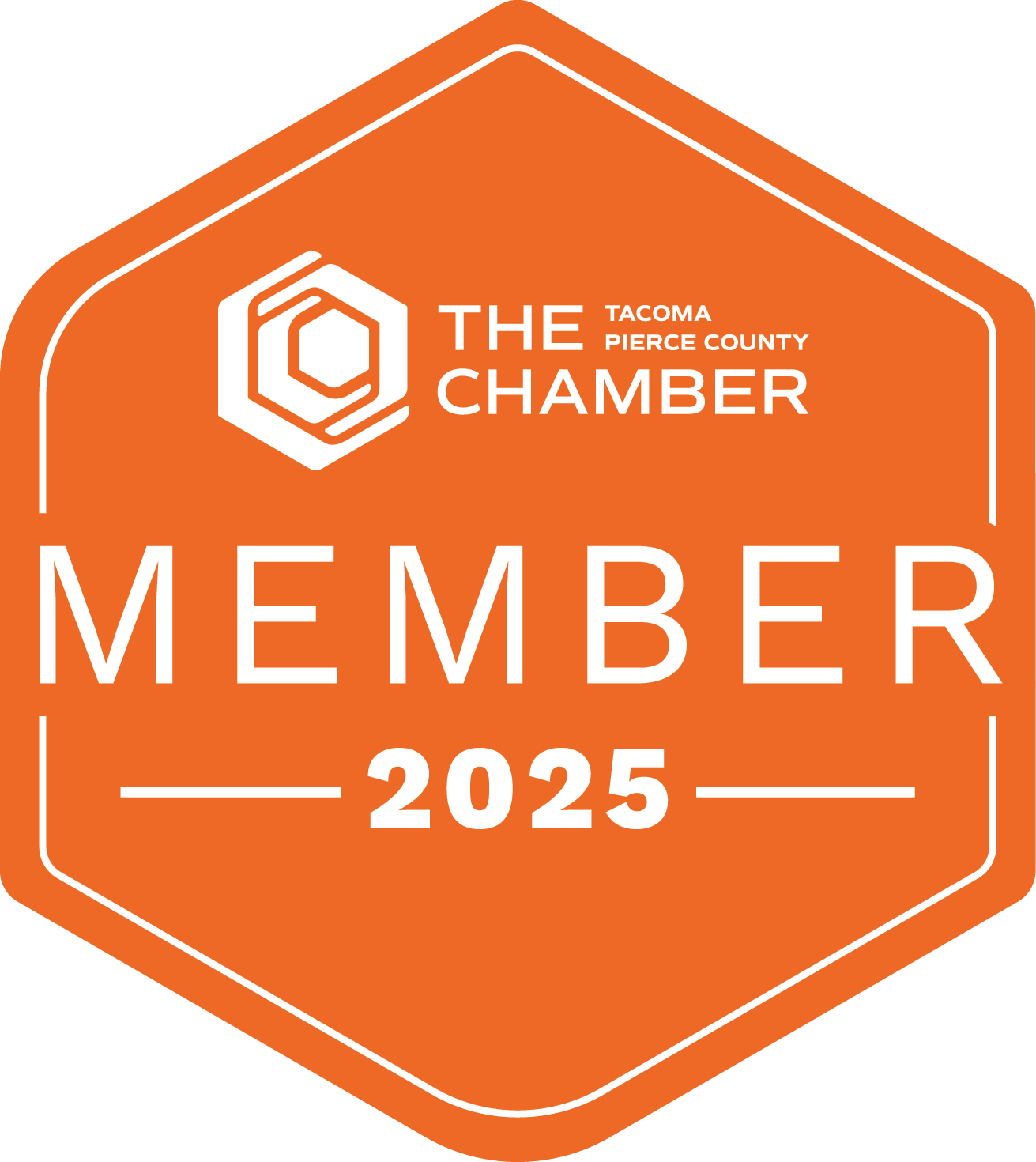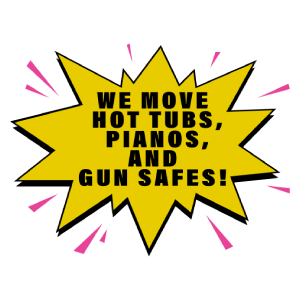Best Communities to Move to in Seattle
Thinking about making the move to Seattle? You’re not alone.
Hi, I’m Shannon Webb, and I have been General Manager of Mountain Moving and Storage in Tacoma for 18 years. Recently, I’ve noticed an uptick in interest in moving to Seattle, and in this blog post, I’ll explain a few of the reasons I know people are being attracted to the city.
As the Pacific Northwest’s economic powerhouse, Seattle continues to draw new residents with its booming job market, especially in tech and innovation. Amazon, Microsoft, and a constellation of startups all call this city home.
But there’s more to life here than just work. The city blends natural beauty with a rich coffee culture, a globally inspired culinary scene, and neighborhoods that each have their own rhythm.
Whether you’re into rooftop views and nightlife, quiet streets near parks, or family-friendly corners loaded with schools and playgrounds, Seattle has a place for you – if you can afford the big city budget. In this guide, we’ll explore the best communities to move to in Seattle with a particular focus on cost and walkability.
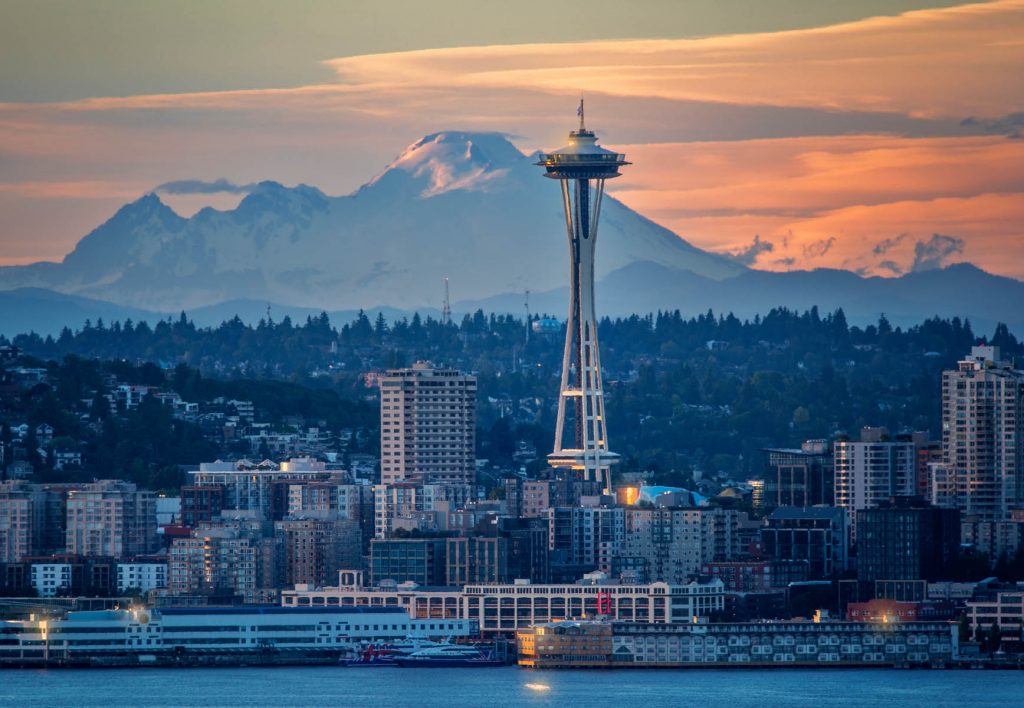
Seattle’s Top Neighborhoods and How Much They Cost
How Much Does Living in Seattle Actually Cost?
Seattle ranks among the top 20 most expensive U.S. cities to live in, with a cost of living about 54% higher than the national average, according to Numbeo. Housing being a large part of what makes up that figure. Zillow reports the median home price in Seattle sits just above $850,000 as of early 2025. The average rental cost across the city has reached $2,350 for a one-bedroom apartment. That said, cost varies widely by neighborhood so let’s take a look at a few.
Seattle’s Top Neighborhoods and their Pricetag
The first thing anyone considering moving to Seattle should be aware of is how expensive housing can be, even outside of the downtown core. Let’s zoom in on three neighborhoods where relative to the city, house prices are on the lower end.
Northgate: Once centered on a traditional shopping mall, this neighborhood is transforming into a dense, transit-connected hub. Median home prices hover around $562,000, a stark contrast with downtown areas that can cost over $800,000. Rents are also more manageable, with recent listings averaging $2,072 for a one-bedroom. Its direct light rail connection to downtown makes commuting easy on both time and budget.
Rainier Valley: Cultural diversity shapes the identity of this southeast pocket. Zillow data shows median home values at roughly $760,000, slightly below inner-city trends. Renters also see lower costs in this area as a typical one-bed unit lists for under $1,700 monthly. Access to Link Light Rail and a steady rise in new small businesses create long-term value.
Beacon Hill: Just south of downtown, Beacon Hill offers sweeping skyline views without the premium prices. Current homes list in the $600,000s to low $700,000s, depending on proximity to the Columbia City and Jefferson Park areas. It’s an ideal mix of urban charm and relative affordability.
What the Market Says About These Neighborhoods
According to Redfin, homes in Northgate and Rainier Valley sell faster than the city average, often within 9 to 14 days, indicating strong demand. New zoning changes along light rail lines in these areas are also encouraging denser housing projects, which could keep these neighborhoods more attainable even as the city grows.
The affordability conversation in Seattle can shift quickly as the market changes day to day, but these three neighborhoods continue to outperform in price-to-quality ratio. If you’re house-hunting on a budget, these are the areas that should get a closer look.
Stay Close to the Action: Neighborhoods Outside of Downtown Seattle
Why Live Near the City Core?
Closer proximity to the city means shorter commutes, better access to nightlife, restaurants, cultural institutions, and the ability to stay connected with the city’s ongoing energy, all most notably at a lower living cost.
For those working in tech, healthcare, or education, settling in a neighborhood close to the city-proper cuts down travel time and opens up the opportunity for spontaneous urban experiences.
Plus, many central communities offer direct access to Seattle’s transit systems, including Link light rail, King County Metro bus lines, and the Seattle Streetcar.
Top Neighborhoods Near Downtown
If you’re eyeing a 20-minute-or-less commute into downtown, these neighborhoods deliver, and at a lower cost than inside Seattle proper.
South Lake Union (SLU): Home to Amazon’s headquarters and dozens of biotech and tech firms, SLU is a five-minute walk to downtown yet hums with its own identity. The neighborhood blends cutting-edge offices with sleek apartment towers and lakefront views. The SLU Streetcar connects you directly to Capitol Hill and Pioneer Square. Zillow reports the average home value here is around $500,000.
First Hill: Sometimes called “Pill Hill” due to the concentration of hospitals, First Hill borders downtown to the east. Zillow shows home values in this area sit around $430,000. It offers unmatched access to Harborview, Swedish, and Virginia Mason medical centers. It’s also just steps away from Seattle University. While denser than some neighborhoods, tree-lined streets and pre-war architecture give it character.
Central District: One of Seattle’s oldest residential neighborhoods, the Central District, or CD, sits immediately southeast of Capitol Hill and east of downtown. Rich in history with deep cultural roots, this area has undergone significant changes in recent decades. Today, it’s a mix of restored Craftsman homes, new townhomes, and quiet leafy streets, all within a 10–15-minute drive downtown, or faster on the 3, 4, or 8 bus lines. This area is on the more expensive side as Zillow reports the median house value at $750,000.
Move Freely: Walkability & Public Transportation in Seattle Neighborhoods
Out of all the reasons people fall in love with Seattle, mobility ranks high. Whether you’re commuting to work, exploring coffee shops, or meeting friends, the ability to move around without a car changes the daily experience.
So how do Seattle’s neighborhoods stack up when it comes to walkability and public transit access?
Where Walking Feels Natural
Seattle’s top neighborhoods offer more than just scenic sidewalks. These areas transform everyday errands into pleasant strolls with tree-lined streets, vibrant storefronts, and easy transit connections. Here’s are a few of the most walkable neighboorhoods:
Capitol Hill: This neighborhood doesn’t require you to own a car. With dense, mixed-use development and tightly packed streets, it connects residents to a mosaic of independent retailers, cafes, nightclubs, and grocers, all within comfortable walking distance. Broadway, the main commercial strip, stays busy day and night. Zillow reports this neighborhood costs around $678,000 to move into.
Queen Anne Avenue: Known for its hilltop views and historic homes, Queen Anne mixes charm with accessibility. It also offers a bustling retail hub along Upper Queen Anne Avenue. Despite the hills, pedestrians frequent this area because destinations cluster conveniently together, from bakeries to bookstores and everything in between. The average home value here clocks in at $537,000.
Belltown: Living here means you’re steps away from both Pike Place Market and the Olympic Sculpture Park. But more than walkability, Belltown thrives on its deep integration with transit infrastructure. Residents use footbridges, bike lanes, and bus corridors daily, maximizing urban life without the need to endure traffic. This area is another option that is relatively more affordable at $528,000.
Transit Made Simple
Seattle’s public transportation system supports a car-light lifestyle. The Link light rail extends from Northgate through the downtown core and continues south to Sea-Tac Airport and Angle Lake. These key neighborhoods benefit in distinct ways:
Capitol Hill: Served by its light rail station, residents enjoy high-frequency trains with travel times under 10 minutes to both downtown and the University District. Bus routes on Pine, Pike, Madison, and Broadway multiply those connections in every direction.
Queen Anne: Although the light rail doesn’t pass directly through Queen Anne, Metro buses, including routes 1, 2, and 13, provide direct service to downtown, South Lake Union, and Seattle Center. Residents here skip congestion without sacrificing hilltop charm.
Belltown: No neighborhood blends walkability and transit better. Surrounded by bus stops, a short walk to Westlake Station, and direct access to the Monorail to Seattle Center, Belltown acts as a multi-modal hub. The density feels intentional here, it supports high transit ridership and low car dependence.
Conclusion
Seattle’s neighborhoods offer something for every lifestyle, whether you’re chasing career opportunities, prioritizing walkability, seeking a balance between cost and amenities, or wanting to stay close to the city’s energy.
From the connected hubs of Northgate, Rainier Valley, and Beacon Hill to the vibrant, transit-rich streets of Capitol Hill, Queen Anne, and Belltown each area delivers its own version of Seattle living.
Finding the right fit comes down to your priorities, but the good news is you don’t have to compromise on culture, community, or connectivity. Take the time to consider what you’ll need most day to day and let that act as a blueprint for how you see yourself building a future in one of the most dynamic cities in the country.



